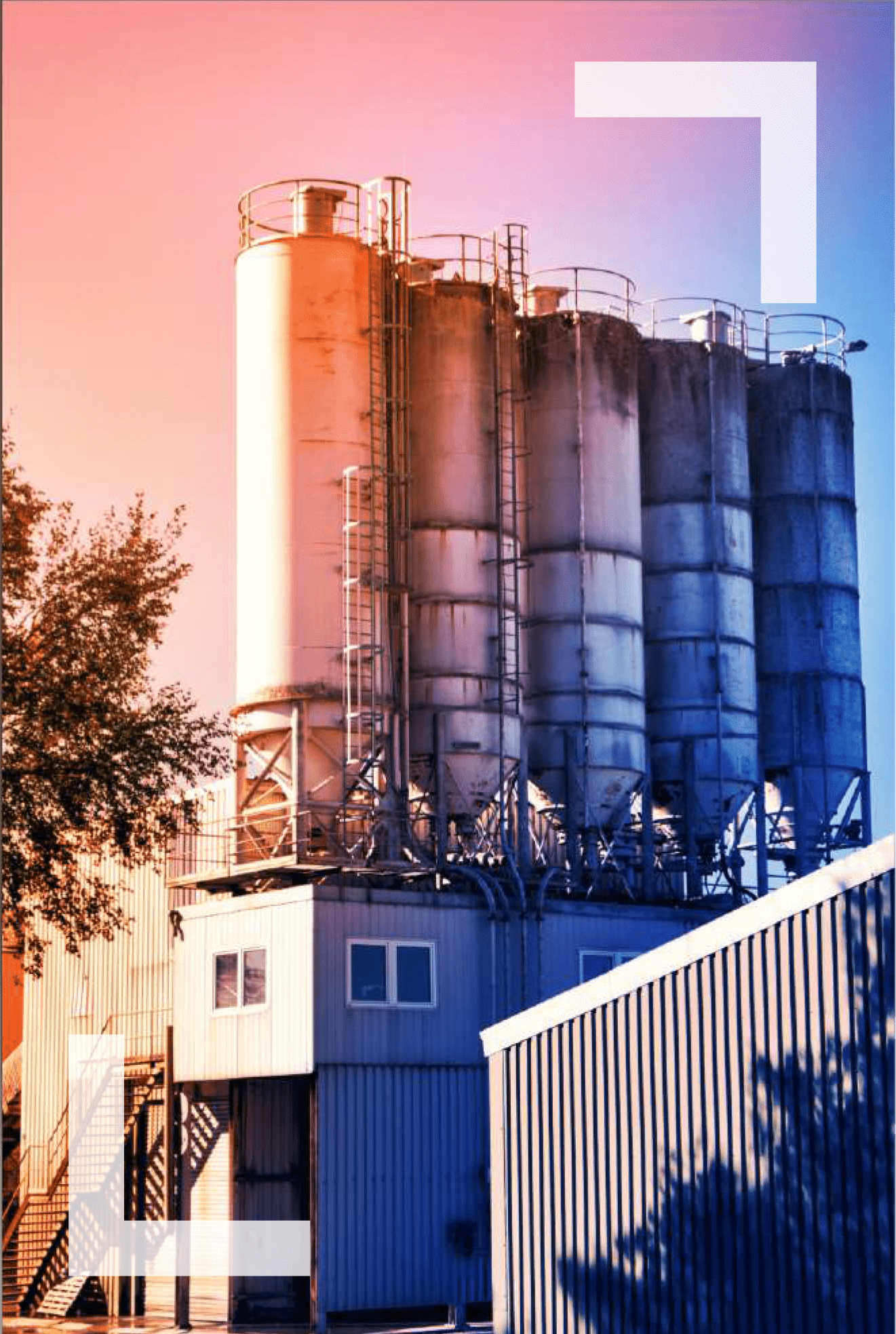Effluent Treatment Plant (ETP)

Effluent Treatment Plant (ETP)
Effluent Treatment Plant (ETP) is a facility designed to treat industrial wastewater, also known as effluent, before it's discharged into the environment or municipal sewage systems. The purpose of an ETP is to remove pollutants, contaminants, and harmful substances from the wastewater to ensure that it doesn't harm the environment or human health. The specific content and components of an ETP can vary based on the industry, the types of pollutants present in the wastewater, and local regulations. However, here are some common components and processes you might find in an ETP :
Primary Treatment:
- Screening: Large debris & solid particles are removed using screens.
- Grit Removal: Small particles like sand and gravel are settled out to prevent damage to equipment.
Secondary Treatment:
- Biological Treatment: Microorganisms are used to break down organic pollutants in the wastewater. Common methods include activated sludge process, aerobic and anaerobic digestion, and trickling filters.
Tertiary Treatment:
- Chemical Treatment: Chemicals are added to the water to further remove fine suspended particles and remaining contaminants.
- Filtration: Water is passed through filters like sand, carbon, or membranes to remove remaining solids and pollutants.
- Nutrient Removal: Some ETPs might remove excess nutrients like nitrogen and phosphorus using chemical precipitation or biological processes.
Disinfection:
- Chlorination: Chlorine or other disinfectants are added to kill harmful bacteria and pathogens. However, this step might not be necessary if the effluent is discharged to a municipal sewage system for further treatment.
Sludge Treatment and Disposal:
- Sludge Dewatering: The solids that accumulate during the treatment processes are dewatered to reduce volume.
- Sludge Disposal: Dewatered sludge can be incinerated, disposed of in landfills, or used for agricultural purposes if it's treated and safe.
Monitoring and Control:
- Process Monitoring: Sensors and instruments are used to measure parameters like pH, turbidity, and flow rate to ensure the treatment processes are effective.
- Automation: Many ETPs use automation and control systems to optimize treatment processes and respond to changing conditions.
Compliance and Reporting:
It's important to note that the design and operation of an ETP should be tailored to the specific characteristics of the wastewater and the regulatory requirements of the region. Many industries are required to have ETPs to mitigate the environmental impact of their operations and adhere to water quality standards